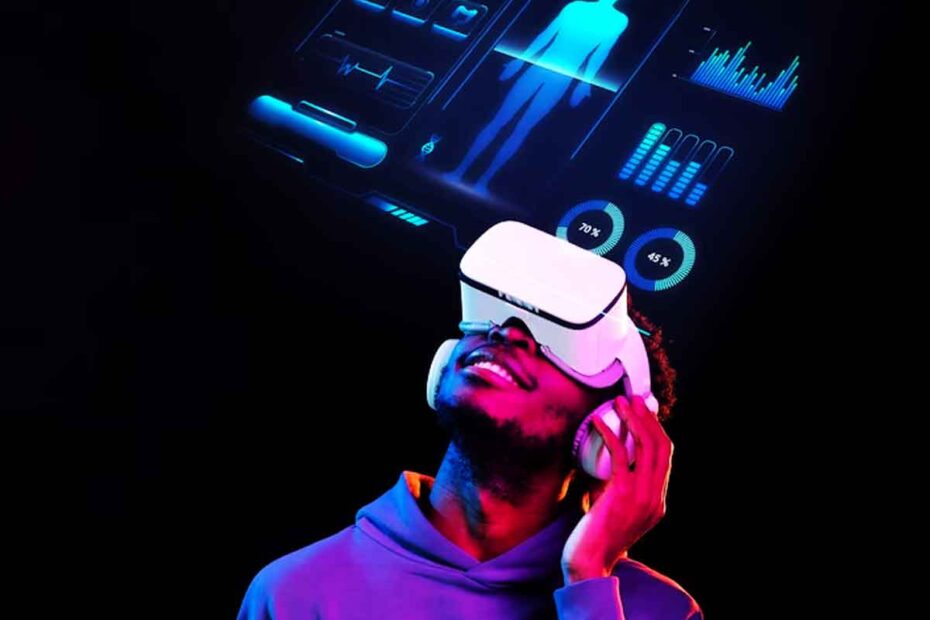Alpha compositing is a technique used to combine images in a way that takes into account the transparency and opacity of pixels. This is especially useful in applications such as image editing, creating special effects and rendering graphics in video games. For example, if you are superimposing an image of a transparent tree on a sky background, alpha compositing would allow parts of the sky to show through the transparent areas of the tree.
It is based on a series of mathematical algorithms that determine how the colors and transparency of two images combine to produce a final image. These algorithms take into account the color and alpha channel values of the pixels in both images.
The Importance of the Alpha Channel in Alpha Compositing
The alpha channel provides detailed control over transparency and opacity, which is critical to achieving sophisticated and realistic visual compositions. Without the alpha channel, artists and graphic designers would be very limited in how they can combine and manipulate images and graphics.
The importance of this channel is due to multiple reasons:
- It represents transparency: The alpha channel is essentially a measure of how transparent or see-through a pixel is. This allows overlaying images with soft edges and transparent transitions instead of hard, abrupt edges.
- Allows complex overlay: Thanks to this channel, multiple images or graphic elements can be superimposed on top of each other in a coherent and realistic manner. For example, in a video game scene or movie visual effects, several elements with different levels of transparency can coexist and interact realistically.
- Flexible Image Combining: In image or video editing, the alpha channel allows several layers to be combined in a way that is controllable by the editor. Transparency levels can be adjusted for each layer individually, providing a high degree of flexibility and precision in compositing.
- Fade and transition effects: In video and animation production, the alpha channel is essential for creating smooth fade effects between scenes or for introducing graphics and titles that gradually appear and disappear.
- Graphics Optimization for Web and Applications: In web design and application development, alpha channel graphics (such as PNGs with transparency) allow graphic elements to blend with any background, which is useful for icons, buttons and other UI elements.
- Reduce the “Halo”: Without an alpha channel, when cropping an object from an image and placing it on a new background, it is common for there to be a “halo” around the object, due to residual pixels from the original background. The alpha channel allows for a cleaner extraction and a smoother transition between the object and the new background.
Where is Alpha Compositing used?
As we have already mentioned, alpha compositing is of vital importance in all those areas related to image design and editing. Let’s briefly describe each one and how this technique is used:
- Image Editing: Softare such as Adobe Photoshop, GIMP and others use alpha compositing to overlay layers of images, allowing the creation of complex compositions and editing of details.
- Visual effects in film and television: Visual effects (VFX) rely heavily on alpha compositing to overlay computer-generated or filmed elements on green/blue backgrounds over other backgrounds or scenes.
- Video games: Video games use alpha compositing to render transparent elements in a scene, such as windows, water effects, smoke, fire and more.
- Video production: In video editing, it allows titles, graphics and other visual elements to be superimposed over the main video.
- Web design and application development: Graphics with transparency (often in PNG format) are used in web design and apps to allow elements to be superimposed over various backgrounds without a visible border.
- Animations: When creating animations, especially those with multiple elements or layers, alpha compositing allows elements to visually interact in a consistent manner.
- Augmented Reality and Virtual Reality: These technologies often require the layering of graphic or video elements in real-world or virtual environments, and alpha compositing helps achieve realistic transitions.
- Mapping and GIS (Geographic Information System): When overlaying different layers of data, such as roads, topography and urban areas, alpha compositing can help visualize complex information clearly.
- Advertising and graphic design: In the design of advertisements, brochures, posters and other materials, alpha compositing is used to combine different visual elements in an aesthetically pleasing way.
- Simulations and visualizations: In fields such as medicine, architecture and science, alpha compositing is used in simulations and visualizations to represent data or scenarios in a realistic way.


